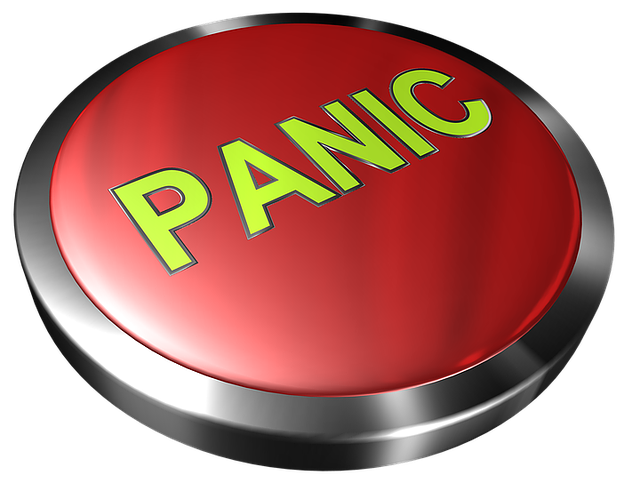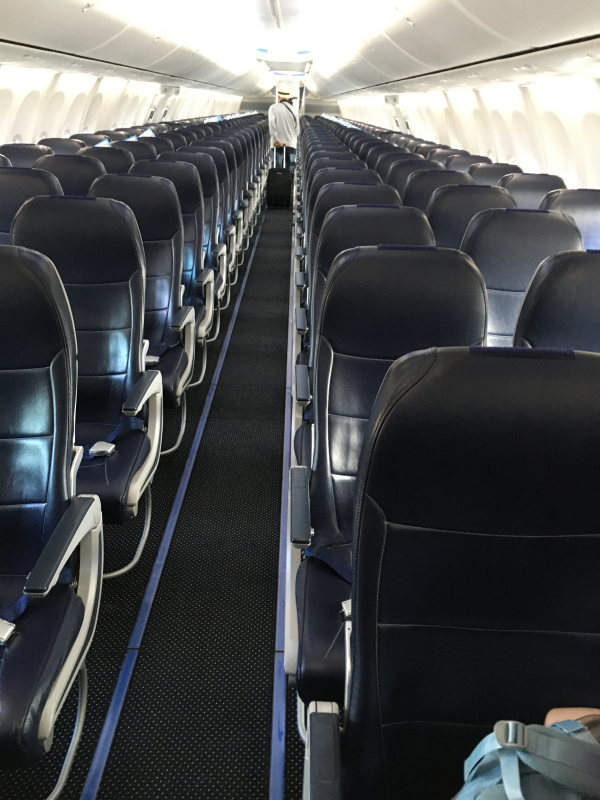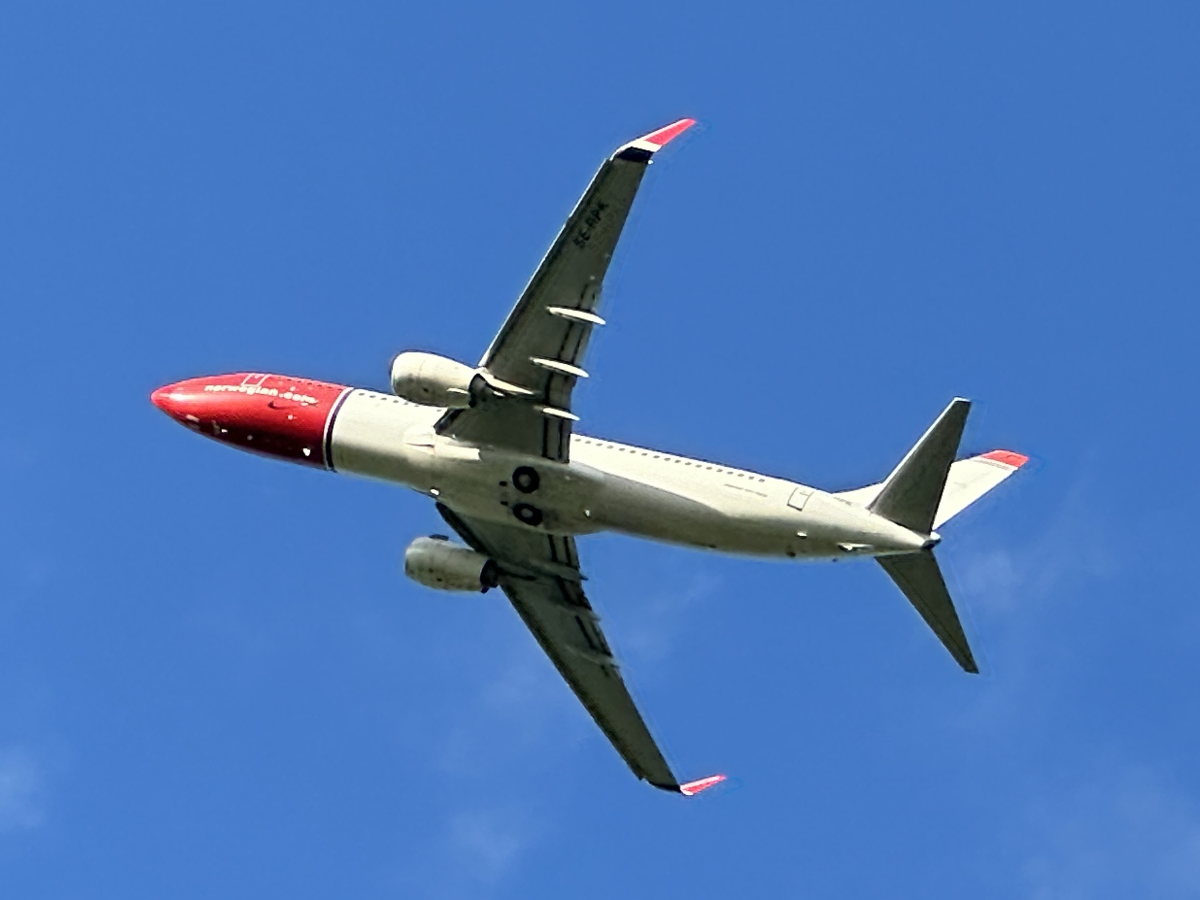Flying is a common fear
Do you suffer from Pteromerhanophobia (the fear of flying)? If so, you are not alone. In a YouGov survey, 24% of people admitted to experiencing some flying anxiety, making it one of the 10 most common phobias.
Symptoms

Some people continue flying but feel very anxious, especially during takeoff, landing, in bad weather, and when the plane encounters turbulence. Many worry they will have a panic attack on the plane and be trapped with no way to leave, and will be worried about what other people will think.
Often, those with a fear of flying don’t look forward to their holiday as they can’t imagine anything beyond the flight. The holiday is also spoiled as they know the return flight is looming.
Some people avoid all air travel. For some, the phobia can be so severe that they begin to panic if they see a plane flying or a photograph of a plane.
When a person feels anxious, their heart rate increases, and they may experience symptoms such as palpitations, sweating, dizziness, lightheadedness, shakiness, or an upset stomach. They can also have panic attacks where they find it hard to breathe. It is no surprise that thousands of people avoid air travel if they can.
Is flying the real phobia?
Many people claim to have a fear of flying, but upon examination, it is often found that the fear of planes is simply a secondary issue arising from a different underlying fear.
Our brains are complex and constantly on the lookout for potential dangers. If you have ever been trapped in a lift or stuck in a room, your brain might tell you that planes are dangerous because you can’t open the door when you want to. It doesn’t necessarily explain why you’re scared of flying, but it does put flying on the list of things to avoid.
It could be that a person feels anxious about heights, uneasy when travelling far from home, or perhaps they have a fear of germs and feel trapped in a confined space with others who might infect them. These all serve as good reasons why your brain considers flying as a danger.
Your brain might think you need to avoid all dangers. Most actions you take are controllable, or you can quickly exit them, such as driving or getting off a train at the next station. However, flying isn’t under your control, and you may feel trapped once on the plane. Your brain might decide to list flying as dangerous because it’s not within your control.
Very few people are afraid of the plane itself. If you were told the plane would stay on the ground and the doors remained open, many people who fear flying would find it easy to walk through the plane.
What triggers the phobia?
The majority of people who have a fear of flying have flown before. Usually, something happens that triggers the anxiety. Often, turbulence can start a phobia of flying. The brain doesn’t like the situation and marks it down in big letters that flying is dangerous.
It isn’t always a bumpy flight that causes the problem. If you have just had a baby, you might feel more vulnerable. What would happen to your baby if you die?
Perhaps it is the first of many business trips that will take you away from your family, which sets the fear in motion.
It is common to feel a slight anxiety about a flight. It is not something you do every day. You are high up, locked in, with strangers and not in control. In a slight state of anxiety, anything that happens on the plane or a worry you might have about your circumstances is enough for your brain to declare flying dangerous.
You might find yourself able to cope with flying again, but over time, you may become more anxious. This is because your brain is telling you it is dangerous, and you are not listening. So, on each flight, it will shout louder and louder until you listen.
Continue avoiding flying or overcome your fear?
The best time to overcome the fear is as soon as you start feeling anxious. They say if you fall off a horse, you should get back on it immediately. Unfortunately, you can’t do that as easily with a plane.
The longer you leave it, the more the fear becomes part of you. The thought of a plane might trigger phobia symptoms; you could be worried that the plane will crash. However, many people logically know the plane is unlikely to crash but are still anxious about how they will react on the aircraft, will they have a panic attack or be sick?
It is human nature to avoid something you don’t like, and avoiding planes is possible for most people. However, often people wish a few years later they hadn’t got a phobia. It could be that you get a promotion that requires you to fly, a new grandchild is born in Australia, or you realise that your partner wants a holiday in the sun.
Having a strong incentive helps you face something unpleasant. Once you have decided to overcome your phobia, you can work out the best way for your brain to remove flying from its danger list.
Counselling

There are many ways to overcome the fear of flying, and counselling can be very beneficial. A therapist can help uncover what the fear is really about. If you try another approach, such as examining the safety of planes, it might not work at all if your real fear isn’t the plane crashing.
I am not a great fan of counselling, but you do need to discuss your problem with someone and look at any other fears and phobias you might have, and see if they are linked to your fear of flying.
Once you identify the actual cause of the problem, you can address the root of the fear. This is why counselling can be so valuable. You can spend time exploring your fear of flying and gain a deeper understanding of why you feel that way.
If it is a fear of heights, then that is what you need to work on. If it is a fear of the plane crashing, then you can learn about how safe planes are.
Once you start coping with your fear of heights, germs, or enclosed spaces, your fear of flying is likely to decrease.
If your fear is of dying in a plane crash, then you need to look at the reason you are scared, because each week, you do things far more dangerous than flying, such as crossing a road in a city, DIY, swimming or eating unhealthy food.
Medicine and alcohol

Another approach is to address the anxiety rather than its cause. Doctors can prescribe tablets to help you relax; however, they may cause drowsiness, which can be dangerous in an emergency on a plane. You also don’t want to be half asleep once the plane lands.
Melatonin is commonly used to help people sleep on planes, but it is also used to help alleviate stress and anxiety. If you are asleep, then you can’t be anxious.
Some people have a bit to drink to relax, and this can work; however, this can backfire, as sometimes it makes a person more sensitive, and that makes things worse. It can also interfere with your sleep, exacerbate jet lag, and increase aggression.
Hypnosis
Hypnosis has been used successfully to reduce stress and phobias. You might need 2 or 3 sessions, after which travelling on a plane can be less scary. During the sessions, you are put in a relaxed state where you are more accepting of suggestions, and the link between danger and flying is gradually changed so you no longer consider it a threat.
Hypnosis doesn’t work for everyone. You need to be receptive to the idea of hypnosis, good at visualisation, and comfortable relaxing in front of a stranger.
Desensitisation
This occurs when a person is repeatedly exposed to something and becomes accustomed to it. You might start with a photo of the inside of a plane, then watch planes at an air show, have a coffee in an airport and eventually work your way up to a very short flight.
People have used flight simulators to gradually overcome their fear of flying, and courses based on these simulators have been developed.
If you can play a flight simulator game on your PC or VR headset, that might be an enjoyable way to become comfortable with flying.
Finding out the facts

Phobias are irrational fears, and being told the plane is perfectly safe won’t get rid of a phobia, but armed with facts, they can chip away at your fears and reduce them.
Discover how safe flying is – flying is far safer than driving. For every 100 million miles travelled, there are about 1 ¼ deaths in a car and none by plane. Look at a live map of all the aircraft in the air, and you can see that there are numerous planes, yet all of them will land safely. The risk of being killed by an aircraft is listed as one in 11 million, which is a very insignificant risk.
You could find out how a plane flies, so you will not be afraid it will suddenly drop out of the sky.
Find out what to expect on a plane. The noise when you land and take off is caused by the wheels going up and down; the plane’s wings do bend a bit, but that is normal, a safety feature. If you see some mist in the aircraft, it is a normal reaction of the air conditioning to the outside conditions and is nothing to worry about. When taking off, they don’t need the engine thrust all the time, so if it stops and starts, and the plane feels like it is slowing down, you are not about to crash.
Learn about the safety checks they perform; it can be reassuring to know that a team of people is ensuring your safety. Although airlines make cuts everywhere, safety remains a top priority. If a plane were to crash, it would be a disaster for the airline, and they would likely lose customers for years to come. It is in the airline’s interest to maintain a perfect safety record.
Learn how to relax
There are many ways to relax, but most require some practice. You could try the 3, 3, 3 rule: list three things you see, three things you can smell, and move three parts of your body.
There is the 4-7-8 breathing technique, where you breathe in for 4 seconds, hold your breath for 7 seconds, then breathe out for 8 seconds.
You need to practise relaxing when you are calm and become proficient at it, then it’s a helpful technique when you are tense.
Learn what to do during a panic attack

Panic attacks are frightening, but they don’t kill you. There are numerous things you can do. Here are a few suggestions.
- Remember, the attack will stop
- Think about your breathing, breathe in through your nose and out through your mouth. If you are breathing too fast, try counting to slow it down. Count 2 while breathing in, then 2 while breathing out, and then increase the numbers slightly.
- Think about an object nearby, e.g., the back of the plane seat. Is it all one colour? Does it have some indents? Is it smooth? Does it have scuff marks?
- If bad thoughts come into your head, then mentally turn the thoughts into pictures, turn the image into black and white, shrink it and explode it into lots of pieces, bring the picture back and make it ridiculous. You are in control of the image. You can do what you like with it, maybe post it to someone you don’t like.
Go on a fear-of-flying course
Many Airlines offer courses for those who are afraid of flying. In the UK, British Airways provides a “Flying with Confidence” course, and EasyJet has a program called “Fearless Flyer.”
The courses are excellent and include explanations on how a plane flies, what you can expect, and how to calm your nerves. You can usually finish with a very short flight if you are ready. They report a high success rate.
You can take a course that you complete online (except for the flight component), part of a large group, a small group or privately. Shop around and find the best to suit your needs.
Understanding Turbulence
Turbulence frightens many people; this occurs when there is a change in the airflow. The changes are caused by various factors, such as the plane flying along a jet stream (invisible rivers of air) and then changing direction to hit a different jet stream, or due to rising warm air or mountains altering the airflow. Whatever the cause, the results are the same: a bumpy ride.
The pilot will try to avoid air turbulence whenever possible, so passengers have a smoother ride. This might be going around the turbulence, or going above or below it; however, sometimes it is not possible to avoid it altogether. Commercial aeroplanes can cope well with turbulence, and it has been about 40 years since a commercial plane crashed due to turbulence. It can, however, cause injuries if the plane suddenly drops; that is why you should always buckle up when requested.
You will feel the effects of turbulence less if you have a seat by the wing; the worst is at the back of the plane. Also, morning flights before the air warms up will be less turbulent.
The best way to cope with turbulence is to imagine you are driving along a bumpy, unmade road with lots of rocks and potholes; the journey will be rough but not life-threatening.
Some people find it helpful to look at a bottle with water in it and see how little it moves.
On board the plane

If you follow some of the suggestions above, you might be able to get on a plane one day. There are things you can do to make your journey less stressful.
- Choose your seat carefully. If you feel trapped on a plane, consider choosing a more expensive seat with more room, or opt for a seat that doesn’t have a window if you’re uncomfortable with heights.
- Listen to your favourite music or whatever calms you down. You can get a “panic attack talk-down audio” from EasyJet or listen to an audiobook.
- Wear noise-cancelling airphones.
- Practice your relaxing techniques.
- Think in detail about the reason you are flying, if it is a beach holiday, imagine what the sun, sea and sand will feel like, what you can hear, and what you will do at your destination.
- Find ways to distract yourself, such as watching a movie, playing a game on your phone, or doing sudoku or crosswords.
- Let those you travel with know how they can help you. Would it be best if they didn’t ask you how you are, as that reminds you that you have a problem, or do you want them to hold your hand during take-off?
Summary
Although your brain does a great job in pointing out dangers, sometimes it goes a bit overboard. It takes time to prove that flying is safe, and you might need to try multiple techniques. It’s always hard to prove to someone that they are wrong, and that is what you are trying to do when your brain thinks flying is dangerous.
It’s wonderful when you finally manage to travel by plane and reach your destination. However, even more rewarding is the exhilarating feeling of overcoming your fear. You might have experienced a few shaky moments during the journey, but if you did it, you are fantastic, and next time it will be easier. Be proud of what you have accomplished, as you are amazing. You faced a fear that isn’t easy to conquer and have succeeded — well done. Now go and enjoy yourself.

Leave a Reply